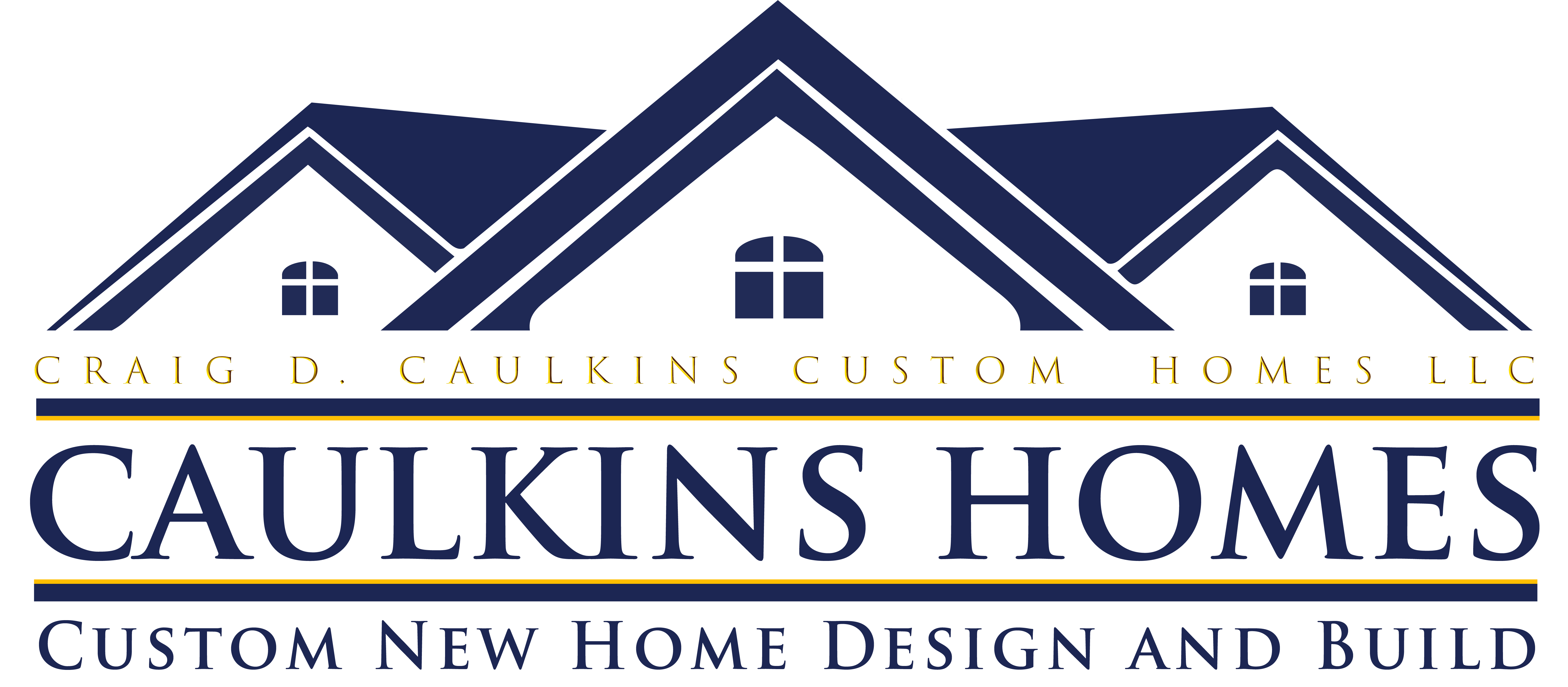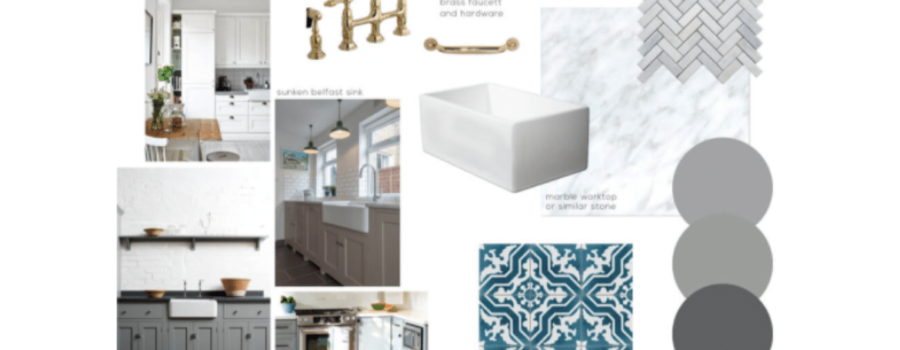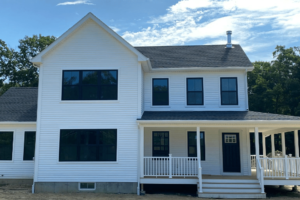One of my favorite things to do during the process of designing a custom new home is helping you select finishes and colors. Clients typically come to us with pictures and Pinterest boards full of awesome inspiration and we are here for it!
It’s during this part of the process where our clients realize that I’m a total design nerd. Like the enthusiasm of a 5-year old at Disney for the first time sitting with my favorite character on my favorite ride while eating a Mickey Mouse ice cream bar excited!
This enthusiasm was the brainchild behind our exclusive Caulkins Design Lab! It’s here where clients quickly discover that deciding among a wealth of flooring options is one of the most important decisions you’ll make. Not only do the flooring and finishes play a central role in every room, but these design touches also set the stage to express your unique style and lifestyle preferences.
Today, I’m going to talk tile and help you to understand the history, lingo, and functionality which let’s face it is half the battle!
Tile has been around for a very long time. I’m talking Babylon here guys! Tile was used as a form of art and naturally moved into architecture because of its durability, technical properties, visual richness, and versatility. The word “tile” comes from the French word “tuile”, which is derived from the Latin word “tegula”, meaning a roof tile of baked clay. And “ceramic”, comes from the Greek word “keramikos”, which translates to “of/for pottery” and it is related to the Indo-European word “cheros”, which means “heat”.
Used in the oldest civilizations, these glazed bricks were very common in Mesopotamia; one of its famous applications is the Ishtar Door of Babylon. This was originally considered one of the World Seven Wonders (circa 5th-century b.c.) and it was decorated with lions, bulls, and dragons with a strong glazed blue as the background.

READ MORE HERE




